
Evaluation of costs associated with lightning strikes and other naturally occurring events should extend beyond facility repair to include impacts on science data, spacecraft commanding, and other mission-critical functions.

Evaluation of costs associated with lightning strikes and other naturally occurring events should extend beyond facility repair to include impacts on science data, spacecraft commanding, and other mission-critical functions.
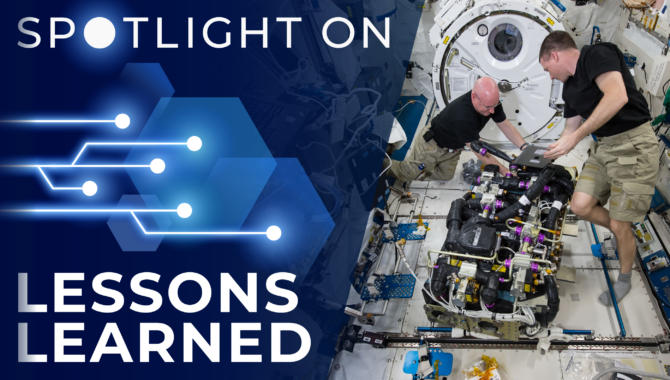
Integrated coordination of tasks involving common hardware used by different teams minimizes the impact of configuration changes.
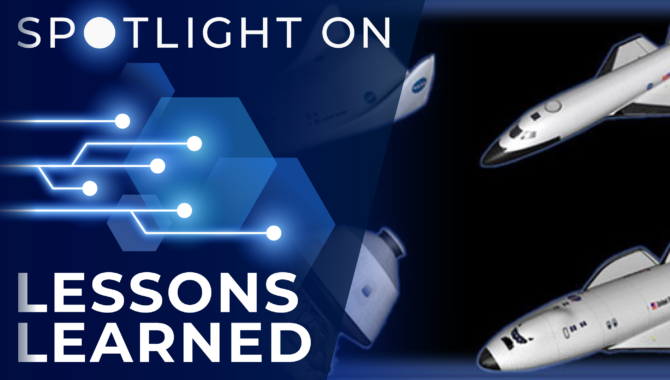
Good acquisition management emphasizes not only what – but how – to buy.

Increased awareness and improved processes helped to quickly eliminate a massive backlog of NANADARTS documents.
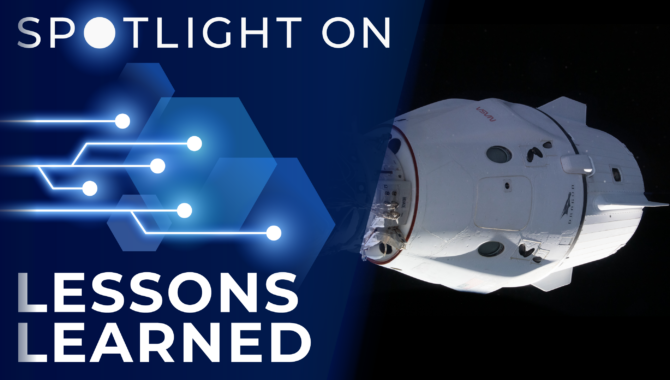
For NASA programs using risk-based independent verification and validation (IV&V), detailed NASA-developed/supported simulation of key flight phases provides deeper government insight and certification ability.

Shared use of a requirements management database with NASA contractors and partners greatly aids engineering collaboration and communication.
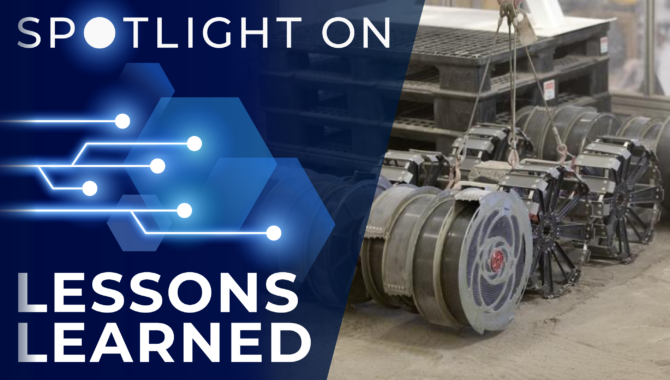
The likelihood of success increases if the group responsible for implementing design verification methods chosen early in a program’s life cycle is allowed to contribute to the selection process.
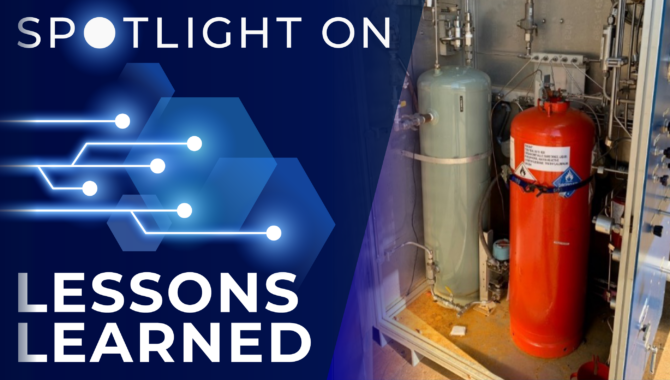
Mistake-proofing techniques built into system processes can aid in preventing human error when engineers and test operators make time-critical decisions in unique circumstances such as dangerous weather or limited supplies.

Procedures developed by the NASA community to identify, catalog, and inspect accident debris proved invaluable in the Space Shuttle Columbia accident investigation.